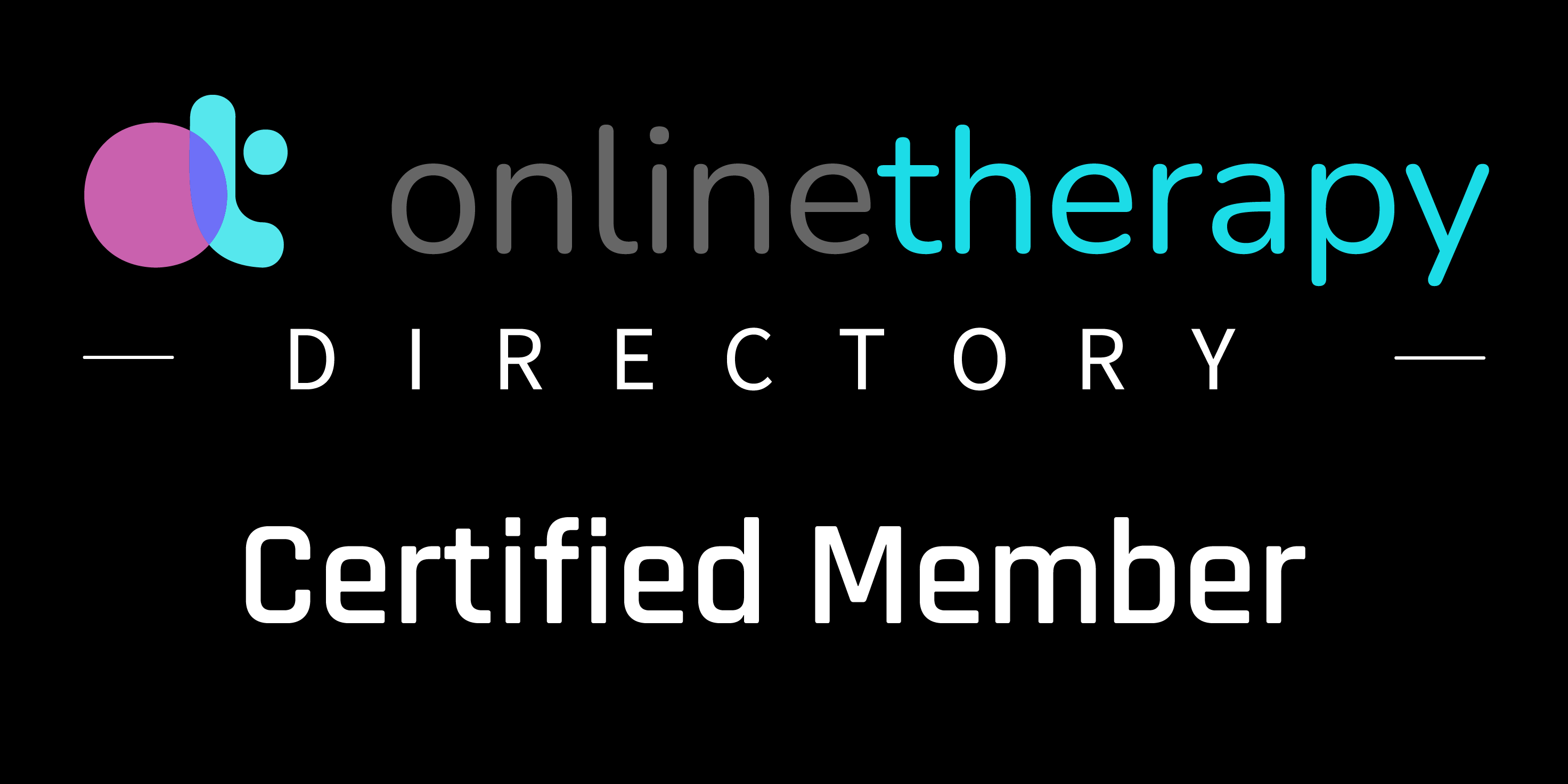
If you’ve never experienced one before, having a panic attack can be one of the scariest things that ever happens to you.
The trembling, shortness of breath, chest pain, and heart palpitations they induce can make you feel like you’re having a heart attack, or worse.
Sadly, it’s not uncommon for people to show up at the emergency room with these symptoms, only to find out that they were triggered by nothing more than anxiety.
But finding out that you’re not on death’s door won’t necessarily make it any easier to deal with a panic attack, and they can be just as debilitating to deal with, even when you know your life isn’t in danger.
That being said, if you’ve managed to find this article, you’re probably wondering how to deal with panic attacks, especially when they’re happening.
And if it’s any consolation, I’ve been dealing with anxiety for many years, and I’ve even experienced panic attacks myself, so I know exactly what you’re going through.
My name is Paige Hollingsworth. I’m a registered clinical counsellor specializing in online anxiety counselling, and I wanted to contribute to our blog here at TalkOnline Counselling by writing an article that aims to help people who are suffering from panic attacks.
So, if you’re dealing with panic attacks, and want to learn more about them, including how to deal with panic attacks while they’re happening, then you should definitely keep reading.
Because in this article, I’m going to explain what panic attacks are and how they work so you can understand them and be better equipped to deal with them, explore how I treat clients suffering from this affliction so you can have a better idea of what’s involved with anxiety counselling, and offer some advice on how to deal with panic attacks, so you’ll know what to do the next time you’re having one.
What Is a Panic Attack?

If you’ve managed to find this article, you’re probably well aware of what a panic attack is.
But before I go any further, I wanted to answer this question, because having a better understanding of something can make it a lot less scary, and much easier to deal with, as a result.
With that in mind, a panic attack, otherwise known as an anxiety attack, is a sudden and intense episode of overwhelming fear or discomfort, characterized by a rapid and severe escalation of physical and psychological symptoms, which often arise without warning.
Scientists have been studying panic attacks for many years, and while they can be triggered by various factors, such as stress, trauma, certain phobias, or underlying anxiety disorders, the jury’s still out on what it is that causes them.
But to me, a panic attack is basically when we misread our body’s cues.
You see, typically, as a result of being afraid of something, the heart starts to race, or we feel a shortness of breath, and then that gets misinterpreted as a heart attack, or suffocation, which then further feeds the fear that started the whole process.
This creates a feedback loop that can then turn into a full-blown fight or flight response, as you’ve convinced yourself that you’re in mortal danger, and the body starts acting accordingly by flooding your bloodstream with adrenaline and cortisol, which can then cause your heart to continue racing, and trigger a host of other potential symptoms, including:
- Sweating
- Chills or hot flashes
- Trembling or shaking
- Chest pain or discomfort
- Feeling lightheaded or dizzy
- Nausea or abdominal distress
- Numbness or tingling sensations
- Fear of dying, losing control, or going crazy
- Feeling detached from oneself or reality (depersonalization or derealization)
As I’ve learned firsthand over the years, panic attacks can be extremely distressing, but it’s important to remember that they’re not inherently dangerous, and while they can be incredibly frightening, they certainly can’t kill you.
In any case, now that you know a bit more about panic attacks, and what causes them, you can put everything in perspective, and avoid thinking you’re in grave danger when they’re happening, which should help to minimize their effects and make them a bit easier to deal with.
How I Treat Clients Who Are Suffering from Panic Attacks
When treating clients who are trying to learn how to deal with panic attacks, there are a couple of different methods I like to employ.
First and foremost, I prefer to rely on the Internal Family Systems (IFS) model.
The IFS model views the mind as consisting of different “parts” or subpersonalities, each with its own unique emotions, beliefs, and perspectives, and its goal is to identify and understand these parts and establish a harmonious relationship among them to promote healing and self-awareness.
As it relates to panic attacks, IFS allows me to help clients identify the parts of them that tend to trigger panic attacks, and separate themselves from these parts, at least enough to avoid feeling consumed by the panic they’re causing, while building a more harmonious relationship with their various parts, learning to release the panic-related burdens that these parts carry, and developing coping strategies that allow them to better deal with their panic attacks, and whatever is causing them.
To be fair, this approach requires quite a bit of introspection, which can be very challenging, and even scary for some people, depending on what they’ve dealt with in their life, and how comfortable they are with digging this deep into their psyche.
That being said, I find that Cognitive Behavioural Therapy (CBT) also tends to work quite well, especially for those who aren’t comfortable with the IFS approach.
CBT focuses on helping individuals identify and change negative thought patterns and behaviours using a goal-oriented and practical approach that aims to improve mental health and overall well-being by addressing specific issues and challenges.
When it comes to anxiety attacks, CBT allows me to help clients replace negative thought patterns and break the cycles of maladaptive behaviours that can trigger anxiety attacks, while developing coping strategies and practical skills to accomplish these goals.
Depending on the nature of the client and their situation, I will also make use of other modalities, as well, if need be, but I tend to rely on IFS and CBT when helping people with panic attacks, as these methods can be very effective for helping clients get to the bottom of what’s triggering their anxiety attacks, and develop skills for how to deal with panic attacks in a way that works for them.
If you’d like to learn more about my approach to anxiety counselling, you should check out my article, Looking for an Anxiety Counsellor Online? I Know Exactly What You’re Going Through.
How to Deal with Panic Attacks and Keep Calm While They’re Happening

Anxiety attacks can be incredibly overwhelming, but there are many ways to cope with them, even if you’re still not comfortable with seeing a counsellor.
With that in mind, I wanted to share a strategy that can help you learn how to deal with panic attacks while they’re happening.
By practising these steps whenever you’re having an anxiety attack, you can become much better at managing them in the moment.
For this strategy, we’re going to remember the word calm, because each letter in that word represents something you can do to help regain control during an anxiety attack.
C stands for calm your breathing.
This means you need to take slow, deep breaths in through your nose and exhale gently through your mouth, focusing on the sensation of your breath, and allowing it to relax your body.
A stands for acknowledging your thoughts.
It’s important to remember that the thoughts racing through your mind are a natural part of a panic attack, so try not to fight them or judge yourself. Instead, acknowledge their presence and remind yourself that they will pass.
L stands for locate your senses.
To help ground yourself in the present moment, and deal with the sensations you’re feeling, stop for a minute and try to focus on your senses. Concentrate on something you can see, hear, smell, or taste that’s outside of the anxiety you’re experiencing, as this should help to distract you from that overwhelming feeling of panic.
M stands for manage your self-talk.
During a panic attack, it’s common to have unhelpful thoughts that fuel your anxiety, so you should remind yourself that you’re safe, the panic attack will pass, and you’ve coped with these feelings before.
I know anxiety attacks can be terrifying, but now that you have a better understanding of what they are, and how they work, you can dispel some of the fear associated with them, and put things in perspective, which I hope will make your panic attacks much easier to endure.
And now that you know what anxiety counselling entails, and what you can do to mitigate a panic attack’s impact while it’s happening, I hope you’ll feel more comfortable with the idea of reaching out for help, and more confident in your own ability to deal with anxiety attacks.
Are you looking for an anxiety counsellor online to help you learn how to deal with panic attacks? Check out Paige’s bio for more information, or book an appointment with her today.







